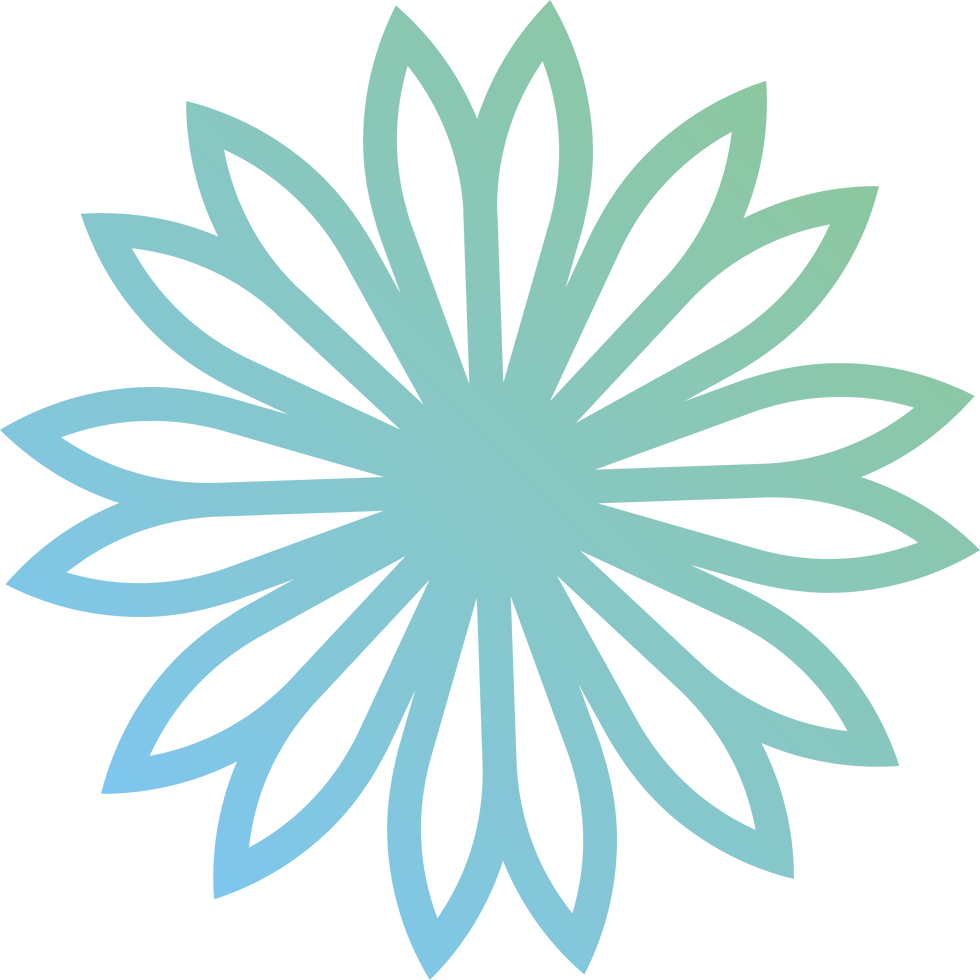Understanding ADHD: Symptoms, Impacts, and Management Strategies
- neurowellpsychiatr
- Jul 3
- 4 min read
Updated: Aug 3

Attention Deficit Hyperactivity Disorder (ADHD) is a neurodevelopmental condition that affects millions of children and adults worldwide. Despite its prevalence, ADHD remains misunderstood, often surrounded by stereotypes and misconceptions. Whether you’ve been recently diagnosed, suspect you might have ADHD, or want to support a loved one, understanding this condition is vital.
This post will explore what ADHD is, its symptoms and causes, and how it impacts daily life. We’ll also provide practical strategies for managing ADHD, so you can take meaningful steps toward a more balanced and empowered life.
What Is ADHD?
ADHD is a chronic condition characterized by persistent patterns of inattention, hyperactivity, and impulsivity. While these behaviors might seem common in children or even adults at times, ADHD goes beyond typical forgetfulness or occasional distractions. This condition impacts how a person functions at work, school, and in personal relationships.
Symptoms of ADHD
ADHD symptoms vary widely from person to person and can change over time. Common symptoms include:
For adults and children with inattention:
Frequent forgetfulness or losing items.
Difficulty organizing tasks and managing time.
Tendency to overlook details, leading to errors.
Struggling to stay focused on lengthy or uninteresting tasks.
For adults and children with hyperactivity and impulsivity:
Difficulty sitting still; feeling “always on the go.”
Excessive talking or blurting out answers without waiting.
Trouble waiting one’s turn or managing frustration.
It’s important to note that not everyone with ADHD experiences all these symptoms. The intensity and combination depend on individual factors, including age and environment.
Causes of ADHD
The exact cause of ADHD isn’t fully understood, but research suggests a combination of genetic, neurological, and environmental factors may contribute:
Genetics: ADHD often runs in families. If a close relative has ADHD, there’s a higher chance of diagnosis.
Brain structure and function: Differences in brain regions responsible for attention and impulse control may play a role.
Environmental factors: Premature birth, low birth weight, and exposure to toxins like lead are linked to a higher risk of developing ADHD.
Understanding ADHD’s causes can help remove the stigma that it results from “bad parenting” or being “lazy.”
How ADHD Affects Daily Life
ADHD impacts multiple facets of life, making even everyday tasks feel overwhelming. Here’s how:
At School or Work: Difficulty maintaining focus and organization can lead to missed deadlines, incomplete assignments, or underperformance. Many individuals with ADHD find traditional learning or work environments particularly challenging.
Relationships: Impulsivity and forgetfulness can strain relationships with partners, family, and co-workers. Miscommunications and unmet expectations are common areas of tension.
Daily Responsibilities: Managing daily chores, finances, or even remembering appointments can become daunting without strategies or support.
Left untreated, ADHD can result in challenges like low self-esteem, heightened stress, or co-occurring conditions like anxiety and depression.
Practical Tips for Managing ADHD
Living with ADHD requires a strategic approach. While there’s no universal formula, these strategies can empower individuals with ADHD to take control of their lives:
Improve Organization and Time Management
Use planners or digital apps: Tools like Google Calendar, Todoist, or specialized ADHD apps can break tasks into manageable chunks and set reminders.
Declutter frequently: A clean, organized workspace minimizes distractions.
Try time-blocking: Allocate specific times for focused work, breaks, and unstructured activity.
Adopt Mindfulness Techniques
Mindfulness can ground individuals with ADHD, improving focus and emotional regulation:
Practice meditation: Apps like Headspace or Calm offer guided exercises tailored for beginners.
Use deep-breathing techniques: A few minutes of controlled breathing can calm the mind during stressful or overwhelming moments.
Stay present with sensory tools: Stress balls, fidget toys, or grounding exercises can help redirect attention to the moment.
Build a Supportive Environment
Enlist help from family, friends, or professionals to create a structure that supports your needs:
Communicate your needs: Share ADHD-related challenges with colleagues or loved ones so adjustments can be made.
Establish routines: Consistent daily schedules create predictability and reduce decision fatigue.
Limit distractions: Use noise-canceling headphones or work in low-stimulation environments.
Seek Professional Help
Therapists, ADHD coaches, and medical professionals are key allies:
Behavioral therapy: Offers strategies to improve social skills, time management, and coping mechanisms.
Medication (if needed): Stimulants like Adderall or non-stimulant options may be prescribed to help regulate attention and activity levels.
Coaching: ADHD coaches provide specialized strategies to tailor approaches to individual experiences and challenges.
An Encouraging Word
Living with ADHD, or loving someone who does, can be challenging at times. However, it’s important to remember that ADHD does not define you. Many people with ADHD are creative thinkers, problem-solvers, and incredible innovators who thrive when they play to their strengths.
The key to flourishing with ADHD lies in understanding, acceptance, and support. Instead of focusing on limitations, tap into the unique abilities that ADHD can bring, such as adaptability, energy, and thinking outside the box.
Seeking help, building an inclusive environment, and using tools tailored to ADHD can transform day-to-day challenges into manageable, and even empowering, experiences. Remember, you’re not alone, and with the right strategies and support, thriving with ADHD is entirely possible.
Take the Next Step
If you or a loved one struggle with ADHD, consider trying one of the strategies mentioned today. Whether it’s downloading a focus app, practicing mindfulness, or consulting a mental health professional, starting small can lead to big changes. Most importantly, approach ADHD with patience and compassion—progress takes time, but it’s within reach.


Comments